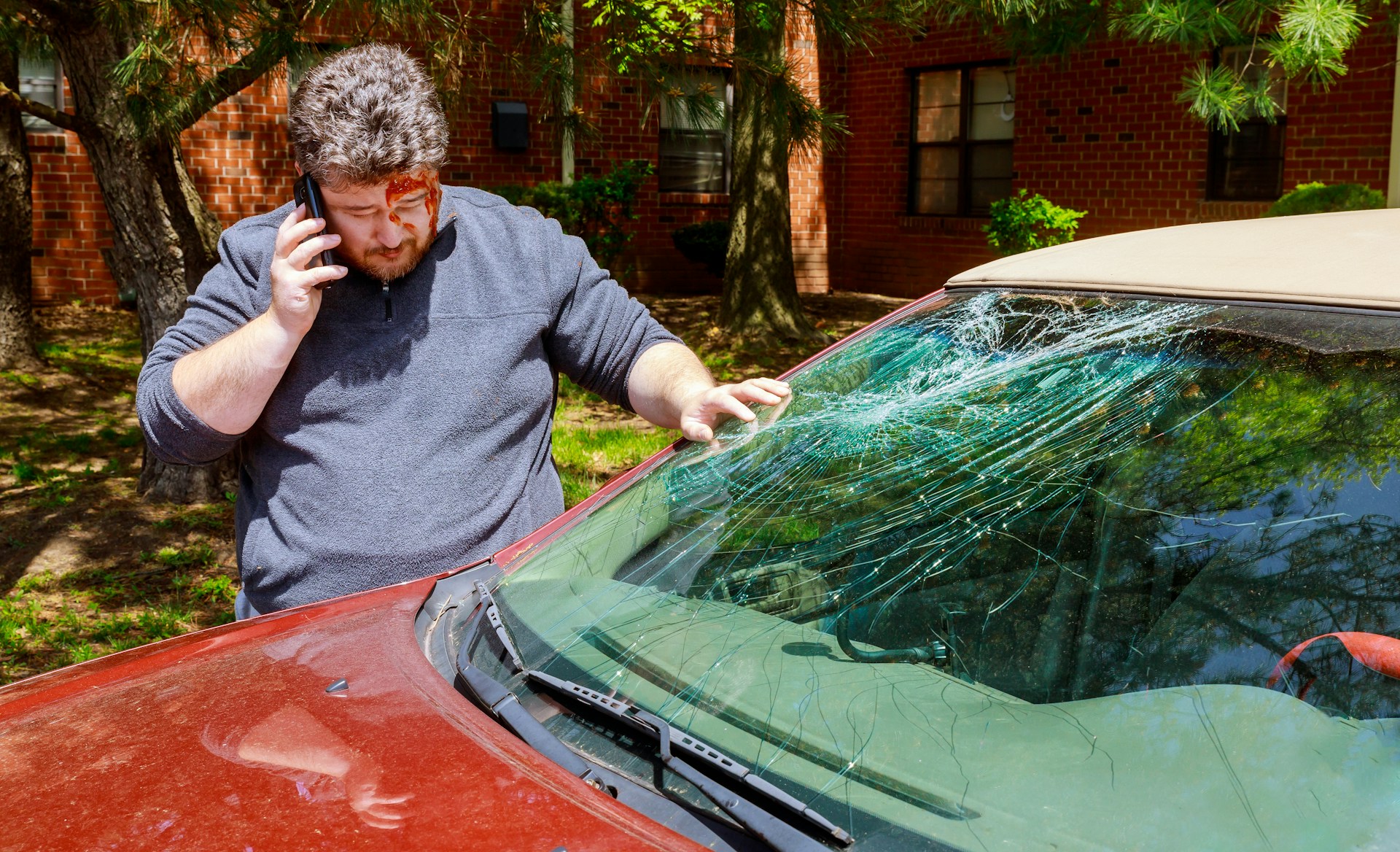
Car accidents are often complex, involving multiple factors that contribute to both the crash and your injuries. Navigating the legal landscape after a collision can prove challenging, particularly when it comes to understanding comparative negligence laws that dictate how responsibility for an accident is determined. At Car Accident Help, our primary goal is to connect you with experienced attorneys who can expertly unravel the complexities of these laws and protect your rights, striving to secure the maximum compensation you deserve.
In this informative and detailed blog article, we will examine the concept of comparative negligence and its impact on car accident claims. We will explore the different types of comparative negligence laws, their effects on your claim, and how to bolster your case when dealing with these laws.
By identifying some common misconceptions about comparative negligence and the potential pitfalls that car accident claimants may face, our aim is to empower and prepare you for the journey ahead in pursuing compensation for your injuries and damages. Trust that with premier injury attorney networks like Car Accident Help, you will have access to top-notch legal expertise to guide you through the complexities of comparative negligence laws, resulting in an optimal outcome for your case.
Types of Comparative Negligence Laws
Comparative negligence laws vary by state, and it’s essential to understand their differences to gauge how they may impact your claim. Generally, there are three primary types of laws:
- Pure Comparative Negligence: Under this system, each party involved in an accident is assigned a percentage of fault, and the claimant’s damages are reduced by their share of the responsibility. In this scenario, even if you are found to be 99% at fault for the accident, you can still recover 1% of your damages.
- Modified Comparative Negligence (50% Rule): In states that follow the 50% rule, you can recover damages if you are found to be less than 50% at fault. However, if you are 50% or more at fault, you are ineligible for compensation.
- Modified Comparative Negligence (51% Rule): Under the 51% rule, you may recover damages as long as you are found to be less than 51% at fault in the accident. If you are 51% or more at fault, you cannot recover compensation.
Evaluating Fault in Comparative Negligence Cases
Determining fault in comparative negligence cases is critical to understanding your potential for damage recovery. There are several elements to consider, including:
- Accident Scene Evidence: Photographs, police reports, and witness statements can provide valuable information regarding accident circumstances that may influence fault determination.
- Independent Investigations: Your attorney may enlist the help of accident reconstruction experts to analyze the scene and determine contributing factors in the crash.
- State Laws & Precedents: A knowledgeable attorney will examine state comparative negligence laws and existing case precedents that can shed light on how fault may be divided in your case.
Maximizing Your Compensation
When faced with a comparative negligence claim, it’s essential to maximize your potential compensation while preparing for the impact of fault allocation. To safeguard your interests, consider the following strategies:
- Professional Representation: Engage the services of a skilled car accident attorney who understands comparative negligence laws in your state and provides expert guidance on fault determination.
- Support Your Case with Evidence: Thorough documentation of the accident scene, medical records, and witness statements can present a solid case to minimize or refute your share of the blame.
- Insurance Company Negotiation: A knowledgeable attorney can skillfully negotiate with insurance adjusters who often seek to assign a greater share of fault to the claimant, ensuring that your best interests are protected.
Overcoming Common Misconceptions
A lack of understanding or prevalent misconceptions about comparative negligence laws can have severe consequences on the success of your claim. Be mindful of these common misconceptions:
- Shared Fault Automatically Negates Your Claim: Many people mistakenly believe that if they share any fault in an accident, they are not entitled to compensation. As outlined above, under the various comparative negligence laws, you can still recover damages even if you are partially at fault.
- Self-Assessment of Fault: Do not assume that you fully understand the factors involved in determining fault. Rely on the expertise of your attorney and any experts they consult to conduct a thorough investigation and fault analysis.
Conclusion:
Understanding comparative negligence laws and their impact on car accident claims can be a challenging but vital aspect of ensuring maximum compensation for your injuries and damages. By engaging with an experienced car accident attorney, familiar with the laws specific to your state, you are better prepared to navigate the complexities of your claim and secure the best possible outcome.
Car Accident Help is a premier injury attorney network dedicated to connecting car accident victims with the most reputable legal professionals across the United States. Trust the expert team at Car Accident Help to guide you through the intricacies of comparative negligence laws, protecting your rights, and maximizing your compensation in the aftermath of an accident.